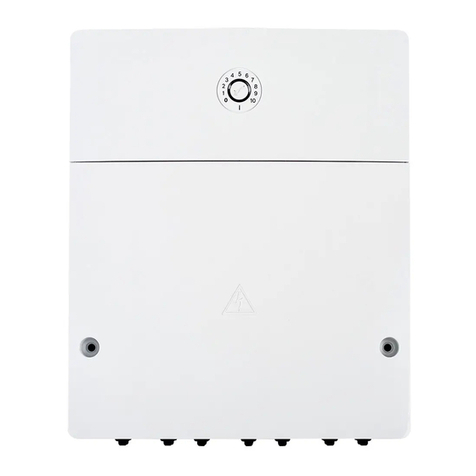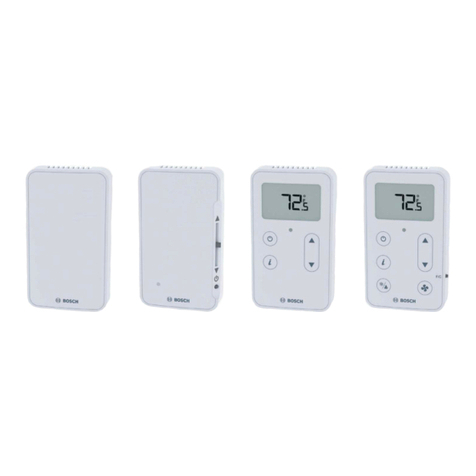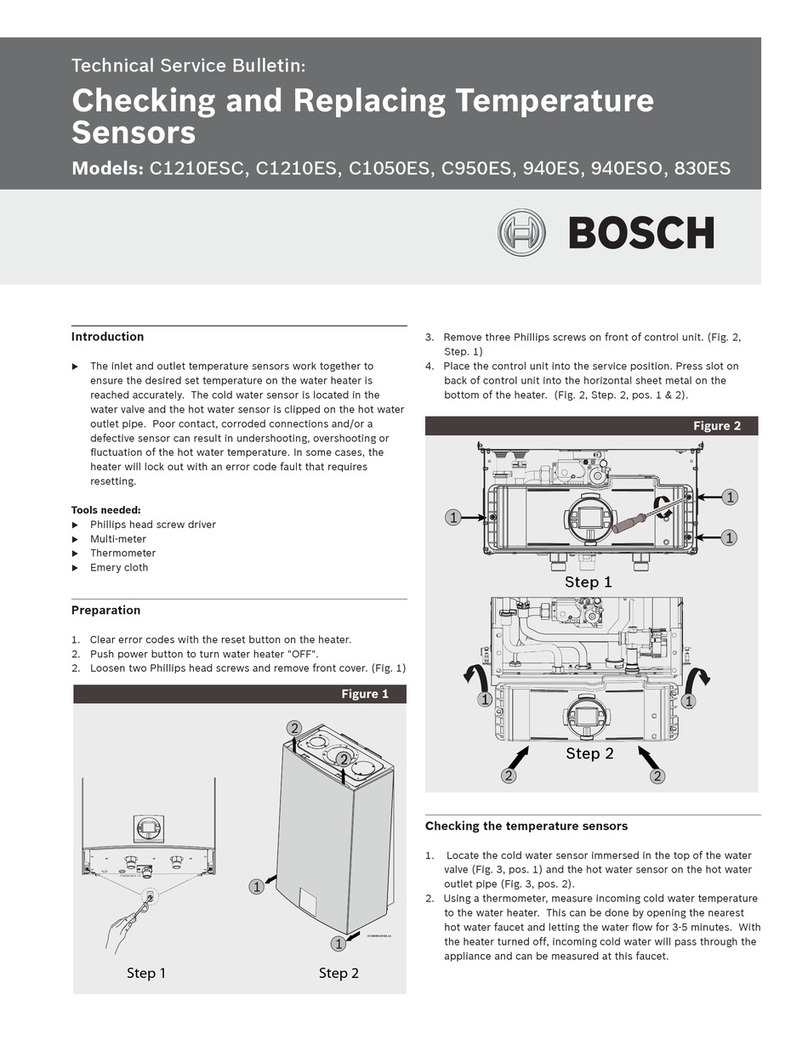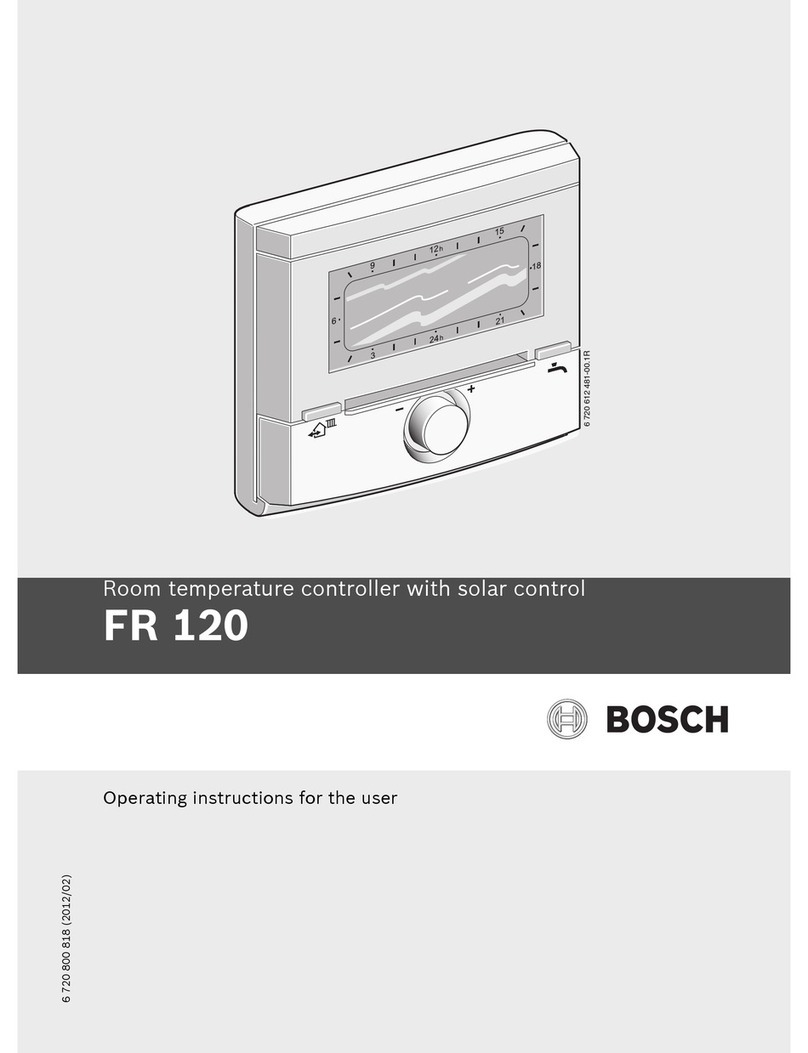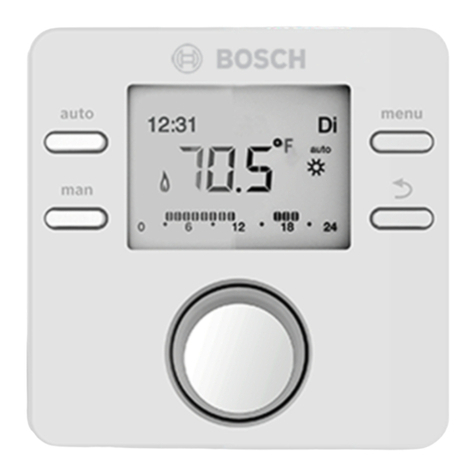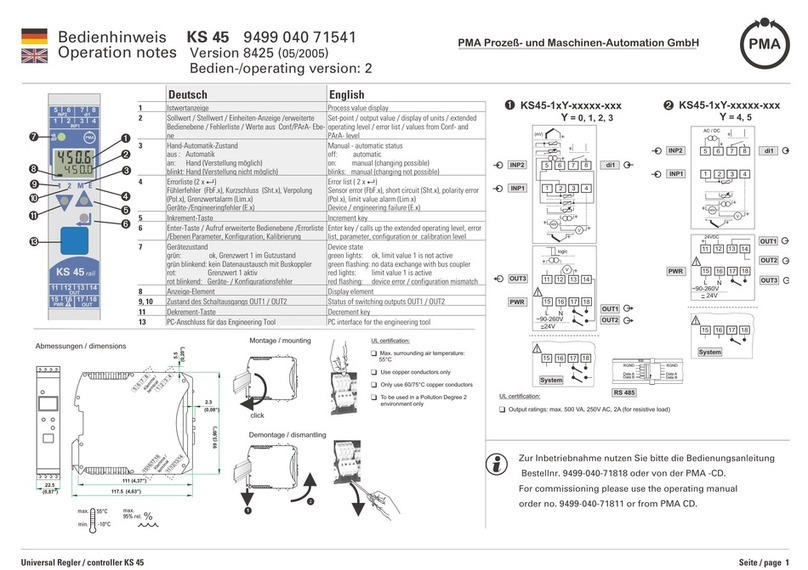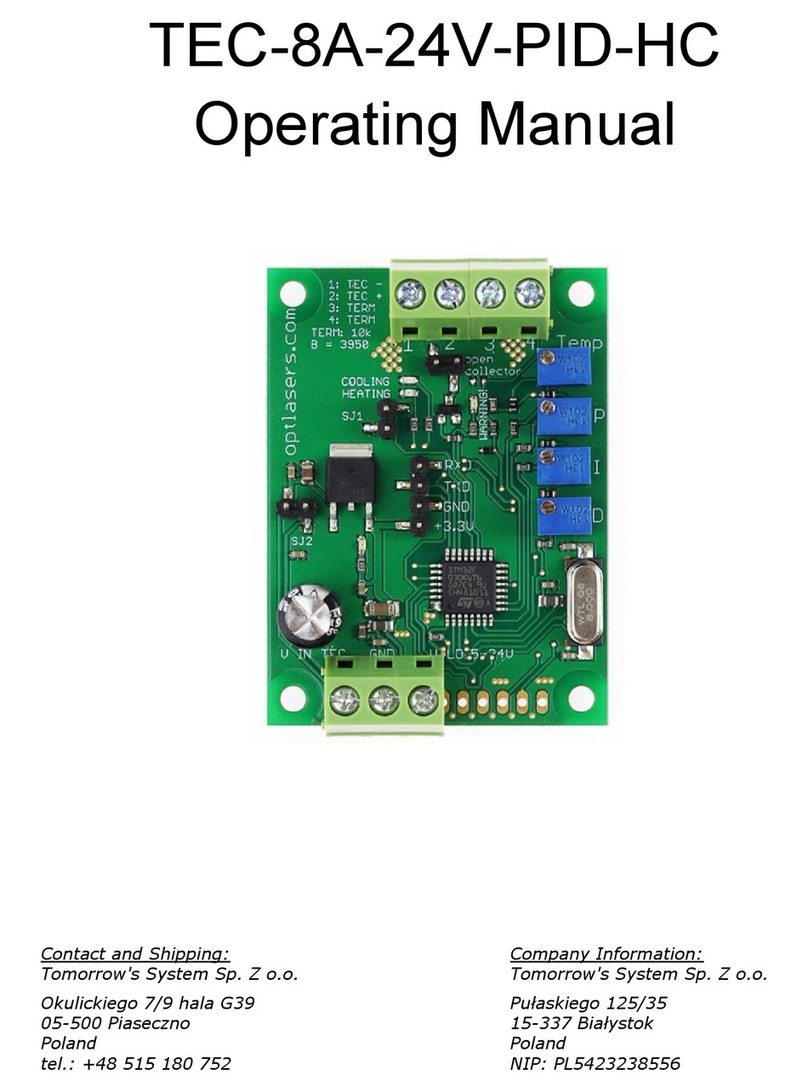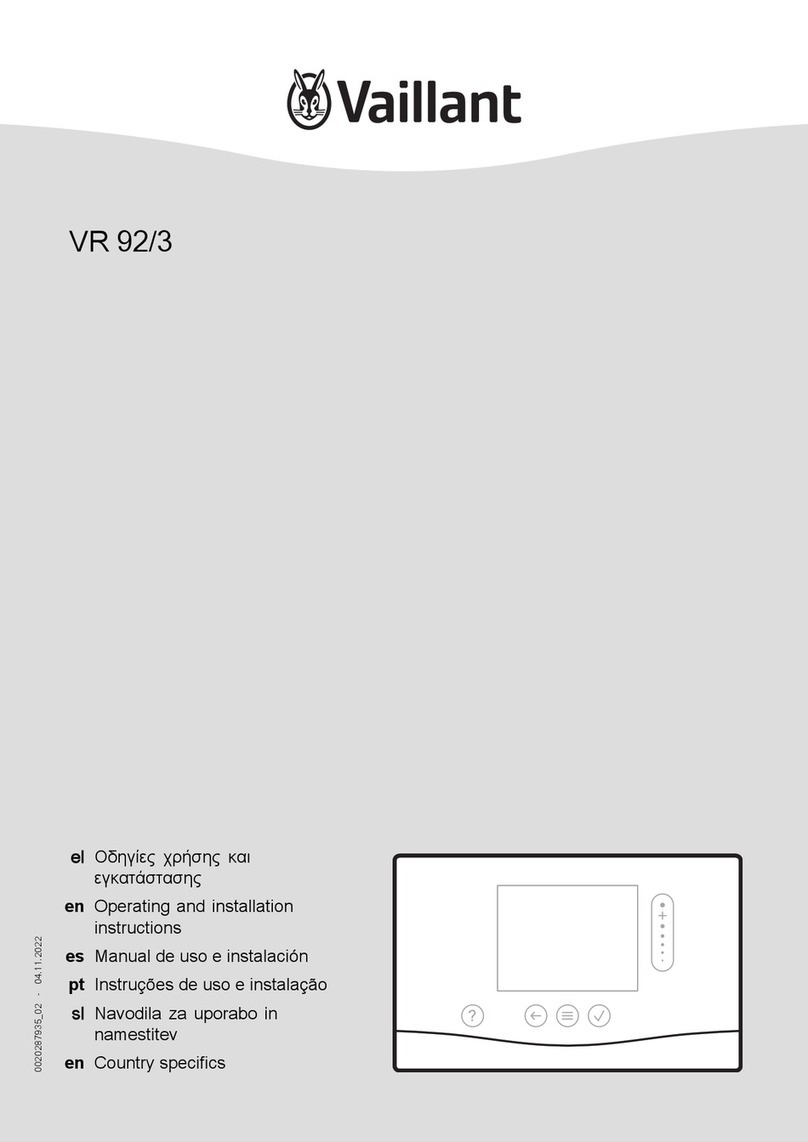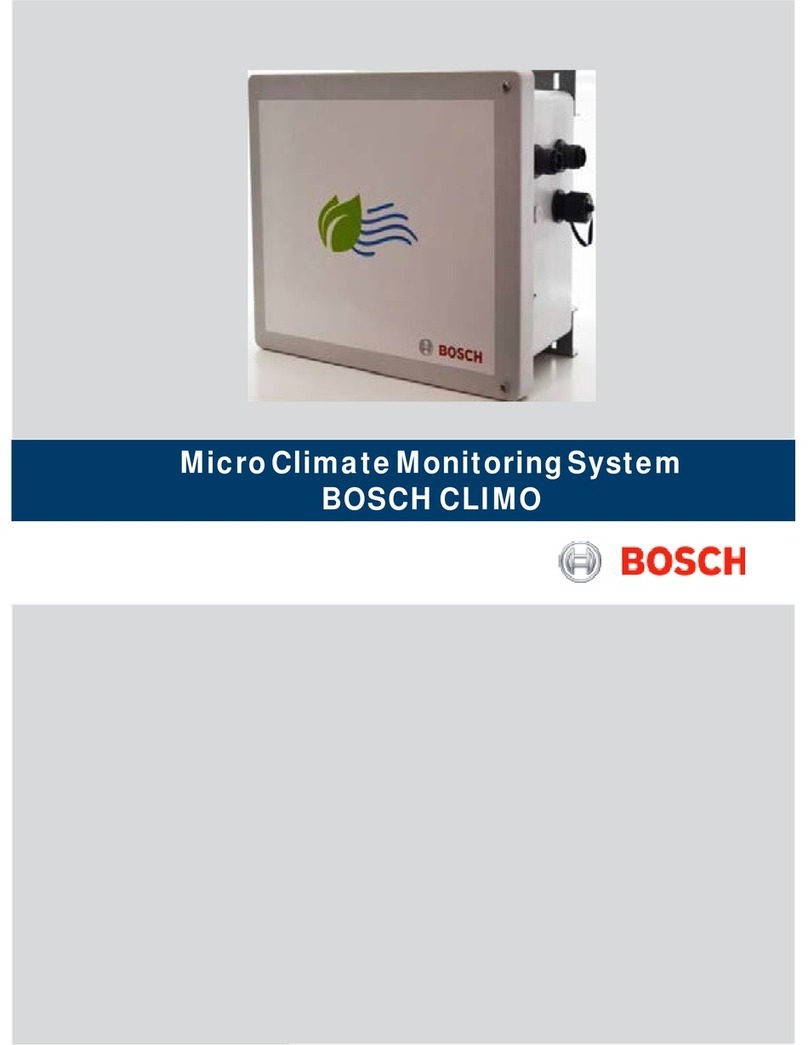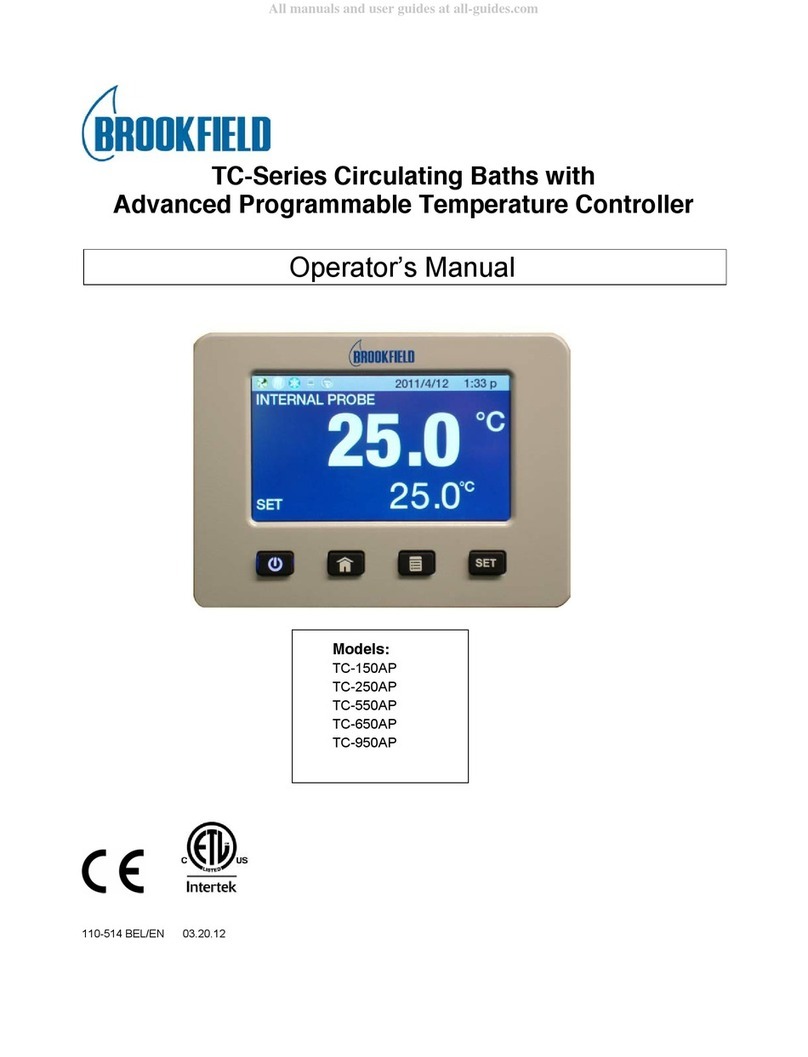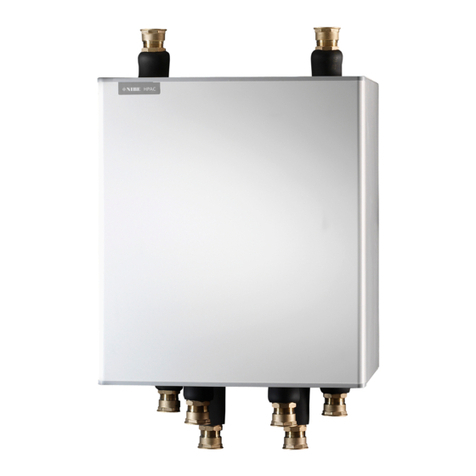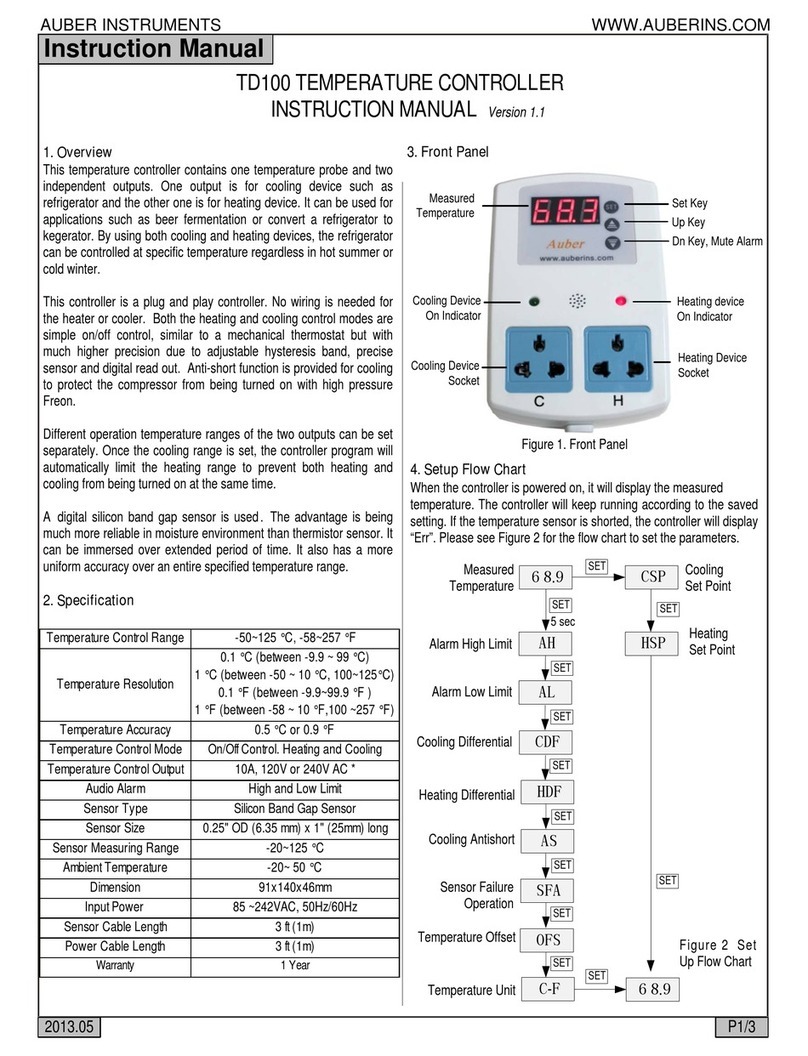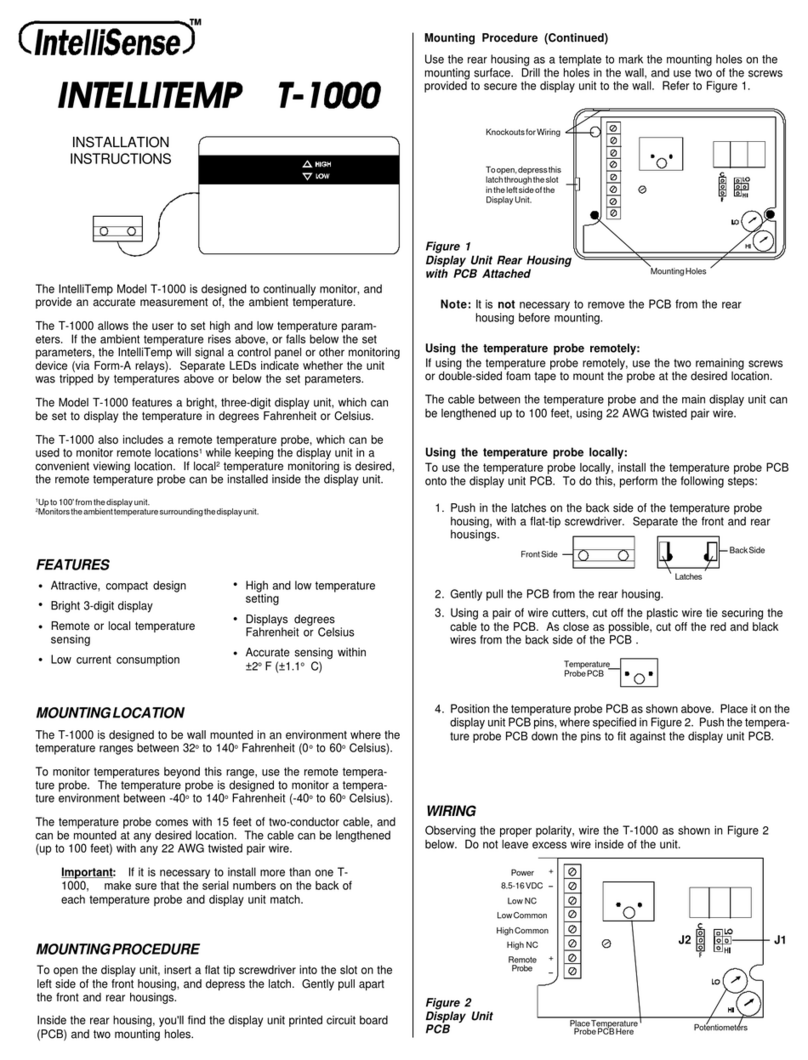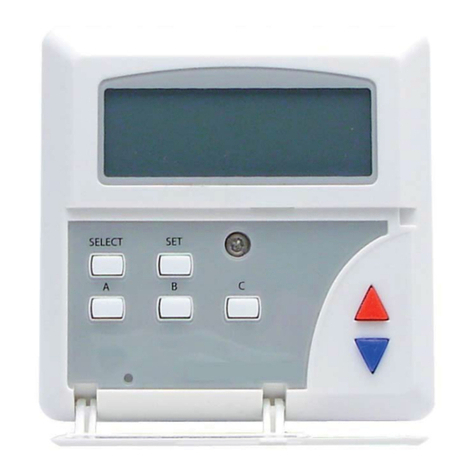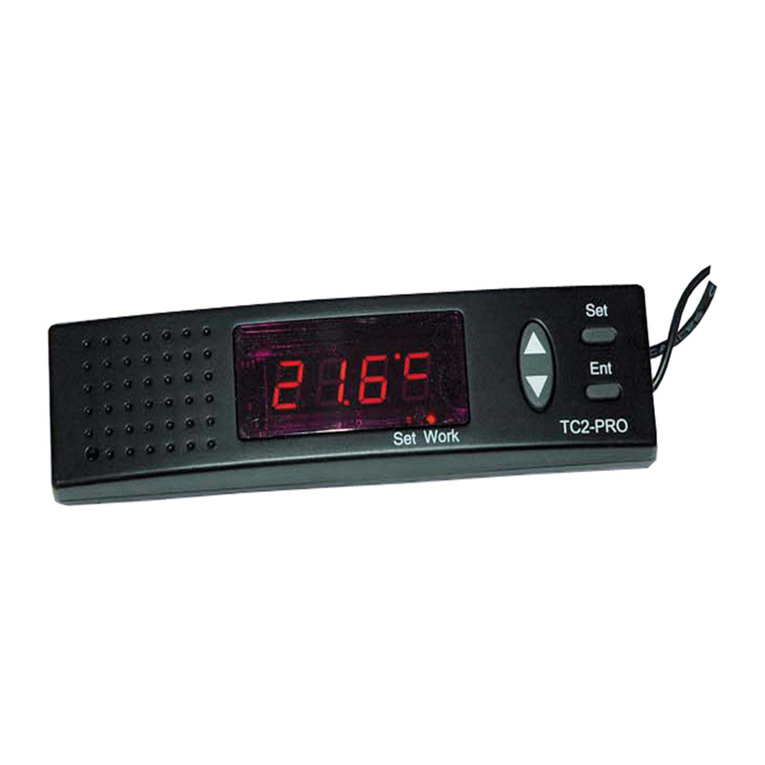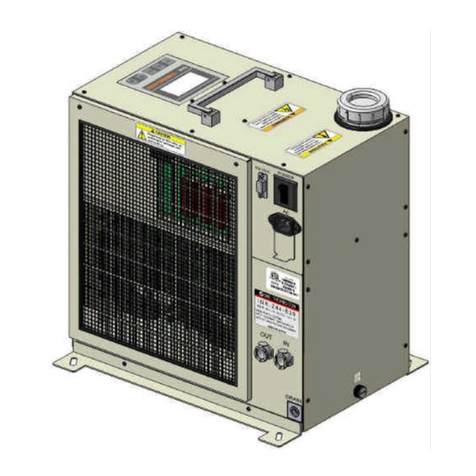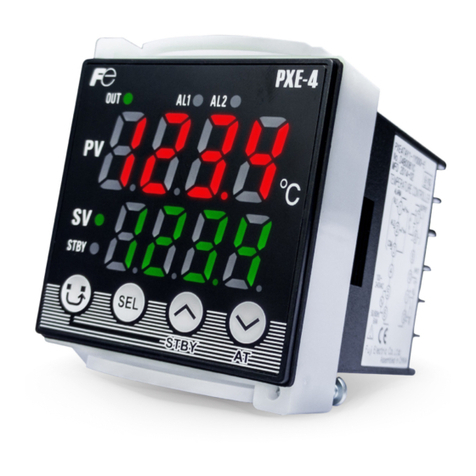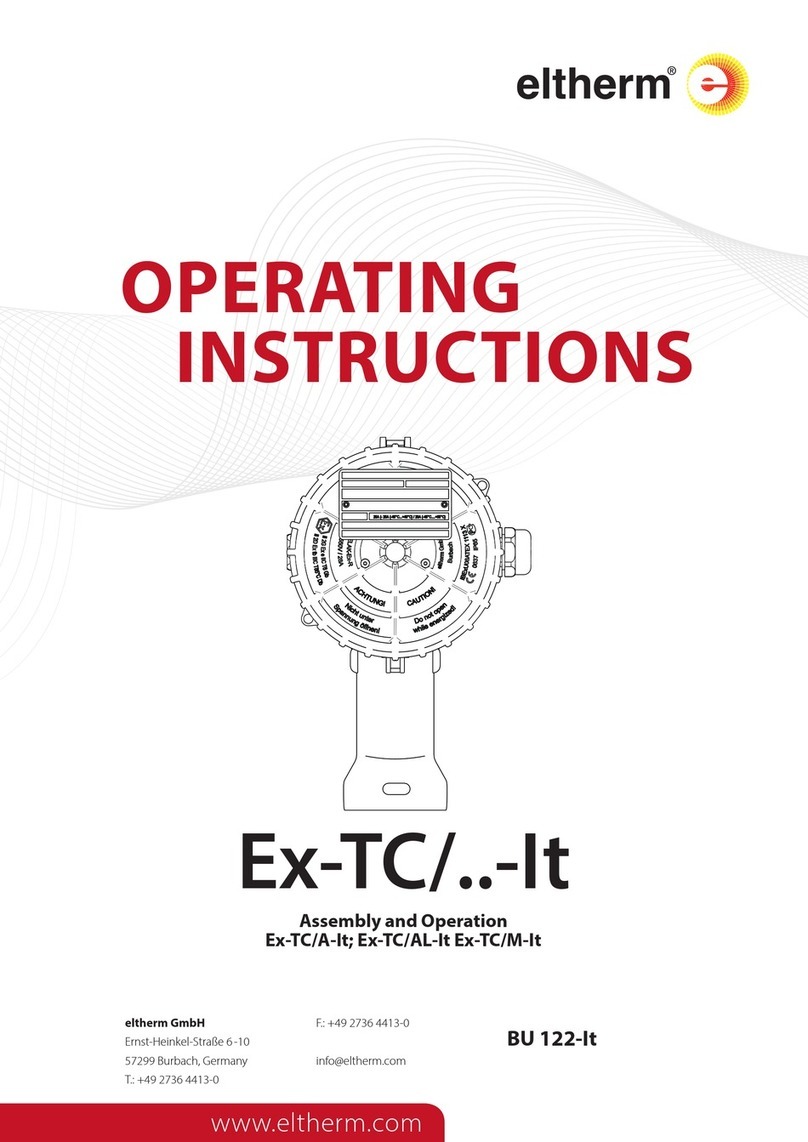6 720 800 817 (2012/02)
4| Contents
Contents
1 Key to symbols and safety instructions . 6
1.1 Key to symbols . . . . . . . . . . . . . . . . 6
1.2 Safety instructions . . . . . . . . . . . . . 7
2 Technical data for the accessory item . . . 8
2.1 Standard delivery . . . . . . . . . . . . . . 9
2.2 Specification . . . . . . . . . . . . . . . . . . 9
2.3 Supplementary accessories . . . . . . . 9
2.4 Cleaning . . . . . . . . . . . . . . . . . . . . . 9
2.5 Sample system . . . . . . . . . . . . . . . 10
3 Installation (for contractors only) . . . . . 12
3.1 Installation . . . . . . . . . . . . . . . . . . . 12
3.1.1 Fitting the heating controller . . . . . 12
3.1.2 Fitting other accessories . . . . . . . . 13
3.1.3 Disposal . . . . . . . . . . . . . . . . . . . . . 13
3.2 Electrical connections . . . . . . . . . . 14
3.2.1 Connecting the BUS link . . . . . . . . 14
3.2.2 Connect the analogue 1-2-4
interface . . . . . . . . . . . . . . . . . . . . .15
4 Commissioning (contractors only) . . . . 16
5 Operation . . . . . . . . . . . . . . . . . . . . . . . . 18
5.1 Heating and DHW programs . . . . . 19
5.1.1 General . . . . . . . . . . . . . . . . . . . . . 19
5.1.2 7-day program . . . . . . . . . . . . . . . . 19
5.1.3 Structure of programs . . . . . . . . . . 19
5.2 Display views and menu navigation 20
5.3 Setting programs . . . . . . . . . . . . . . 21
5.3.1 Changing an individual switching
point . . . . . . . . . . . . . . . . . . . . . . . .21
5.3.2 Deleting an individual switching
point . . . . . . . . . . . . . . . . . . . . . . . .23
5.3.3 Resetting an entire program
(overwriting with factory settings) 23
5.4 Resetting all settings
(for heating contractors only) . . . 24
5.5 Manually setting operating modes 25
5.5.1 Selecting the operating mode for
heating . . . . . . . . . . . . . . . . . . . . . 25
5.5.2 Advancing heating mode before the
programmed time (bringing forward
the next switching point) . . . . . . . 25
5.5.3 Changing DHW mode
(time-limited) . . . . . . . . . . . . . . . . 26
5.5.4 Holiday program . . . . . . . . . . . . . . 26
5.6 Changing the set room
temperature . . . . . . . . . . . . . . . . . 27
5.6.1 Permanently changing the set
room temperature . . . . . . . . . . . . 27
5.6.2 Changing the set room temperature
for a limited period . . . . . . . . . . . . 27
6 Adjusting the MAIN MENU . . . . . . . . . . . 28
6.1 Menu structure . . . . . . . . . . . . . . . 28
6.2 Heating program . . . . . . . . . . . . . . 31
6.2.1 Time programs for heating . . . . . . 31
6.2.2 Temperature levels for the
operating modes . . . . . . . . . . . . . 32
6.3 DHW program . . . . . . . . . . . . . . . . 32
6.3.1 Time program for DHW with
combi boiler . . . . . . . . . . . . . . . . . 33
6.3.2 Timer/temperature program for
DHW with DHW cylinder . . . . . . . . 34
6.3.3 Time program for DHW circulation
pump (only with DHW cylinder) . . 34
6.3.4 DHW parameters (only with DHW
cylinder) . . . . . . . . . . . . . . . . . . . . 35
6.3.5 Thermal disinfection of hot water
(with DHW cylinder only) . . . . . . . 36
6.4 General settings . . . . . . . . . . . . . . 37
6.4.1 Time and Date . . . . . . . . . . . . . . . . 37
6.4.2 Display formats . . . . . . . . . . . . . . . 37
6.4.3 Key lock . . . . . . . . . . . . . . . . . . . . . 37
6.4.4 Language . . . . . . . . . . . . . . . . . . . . 37
6.5 Solar settings . . . . . . . . . . . . . . . . 38
Chapters against a grey
background are intended for
installers. The pages concerned
are identified by a grey vertical bar
at the side of the page.
